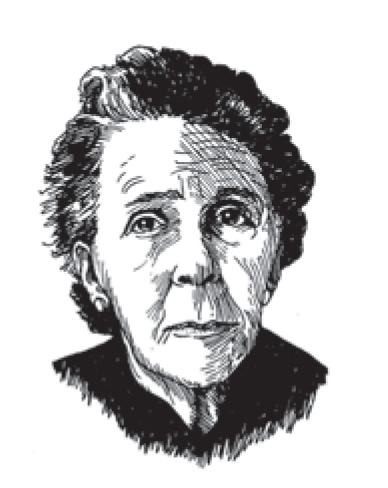Leonora Carrington was born into great wealth in 1917. She attended a series of convent schools from which she was expelled for a long list of rebellious acts, including writing backward and attempting to levitate. She rejected her coming-out as a debutante by conceiving and later publishing a short story in which she dressed a hyena in trailing robes and sent the animal to the party in her place. Carrington studied art in London until, at age nineteen, after seeing a Max Ernst painting in a surrealist exhibition catalog, she ran away with Ernst to Paris.
Once among the French surrealists, Carrington refused the role of muse. In 1938, she completed her painting Self-Portrait (Inn of the Dawn Horse), which hung from a tree branch alongside Ernst’s work as part of an art auction; it is now included in the permanent collection of the Metropolitan Museum of Art. She was one of only two women whose writing was included in Breton’s 1939 Anthology of Black Humor. (She typically wrote in French.) A year after the outbreak of World War II, Carrington suffered a breakdown after Ernst was sent to an internment camp, which she later wrote about in her memoir, Down Below (1944).
You have reached your article limit
Sign up for a digital subscription and continue reading all new issues, plus our entire archives, for just $1.50/month.
Already a subscriber? Sign in





